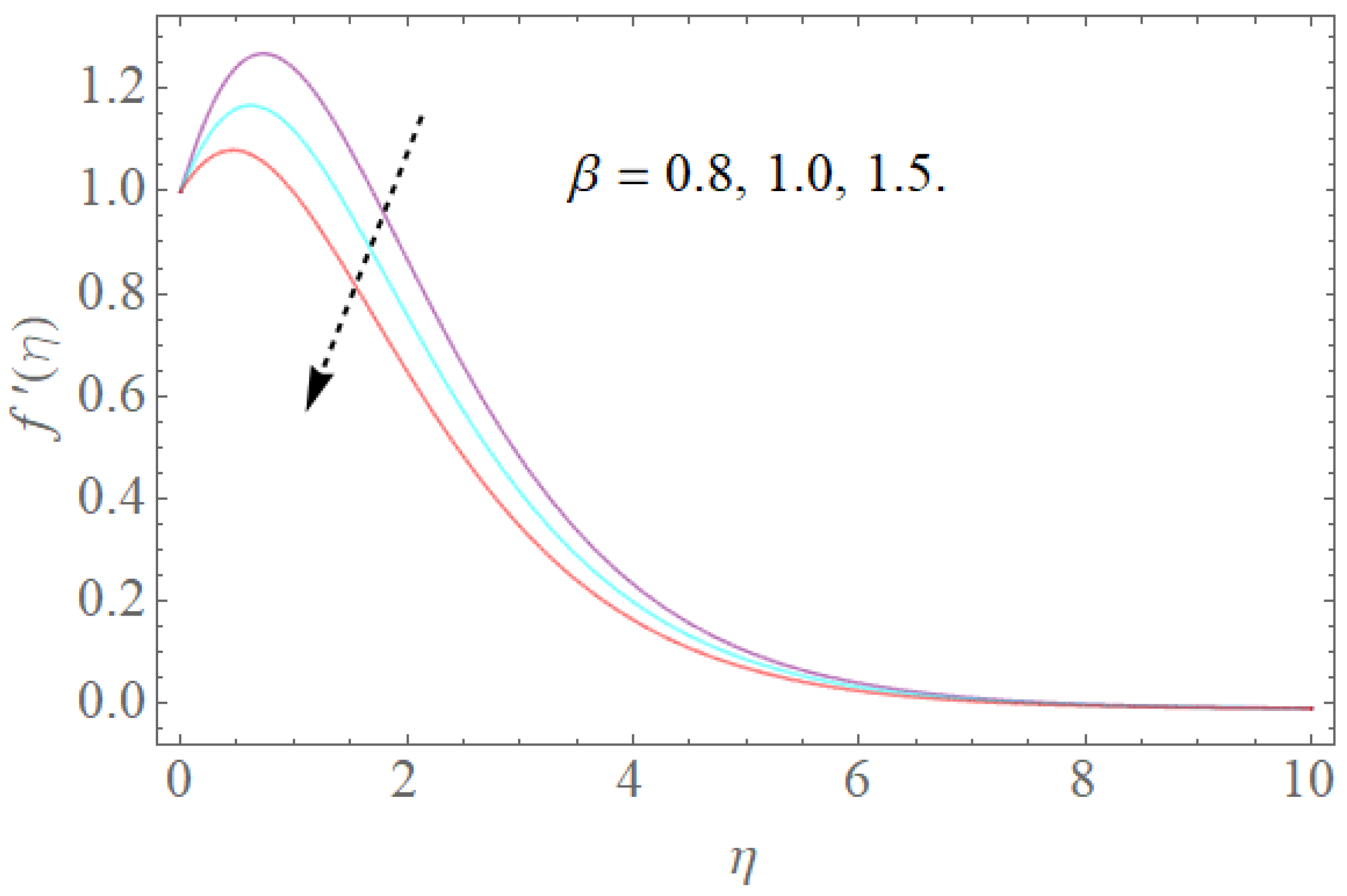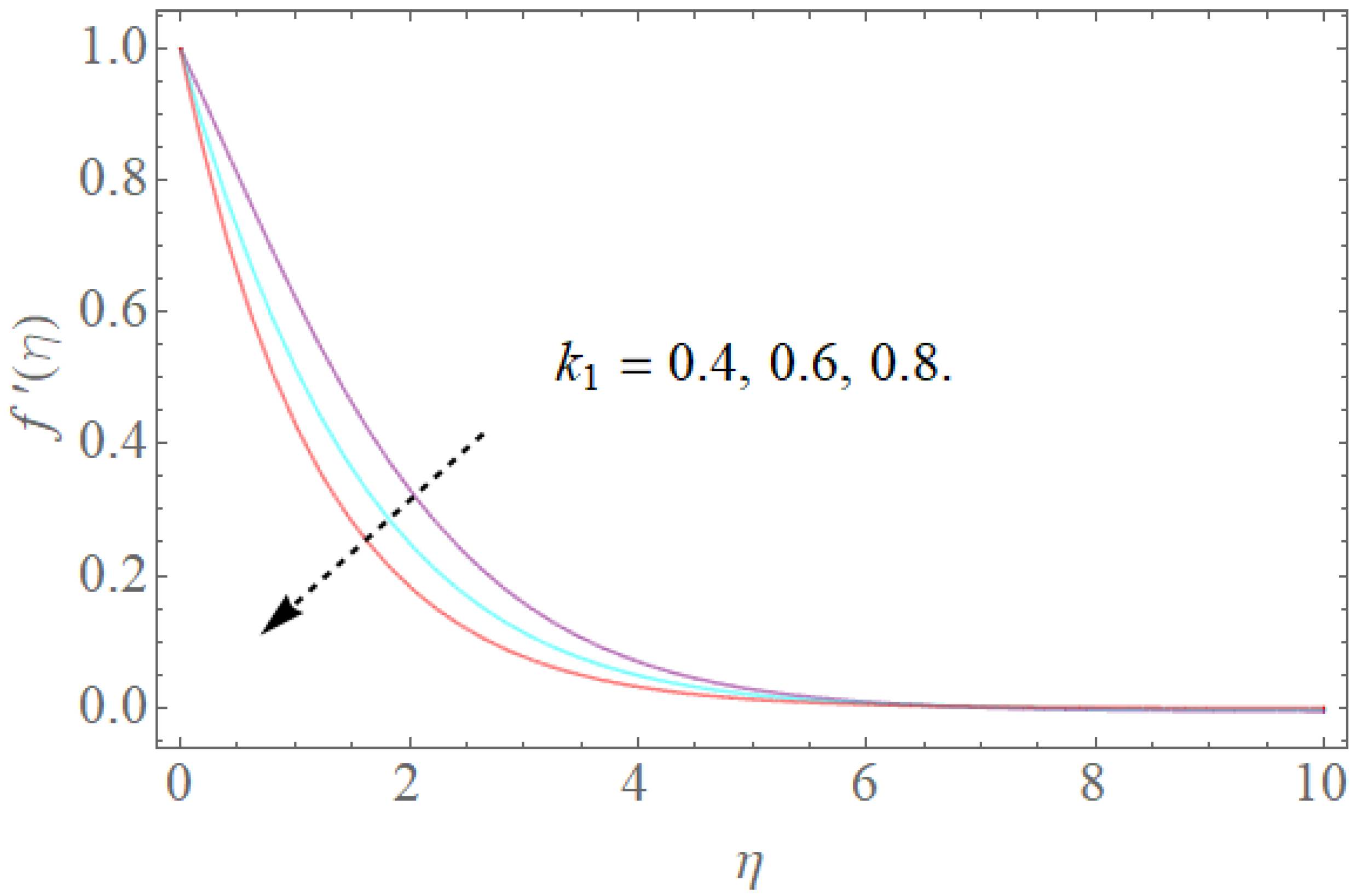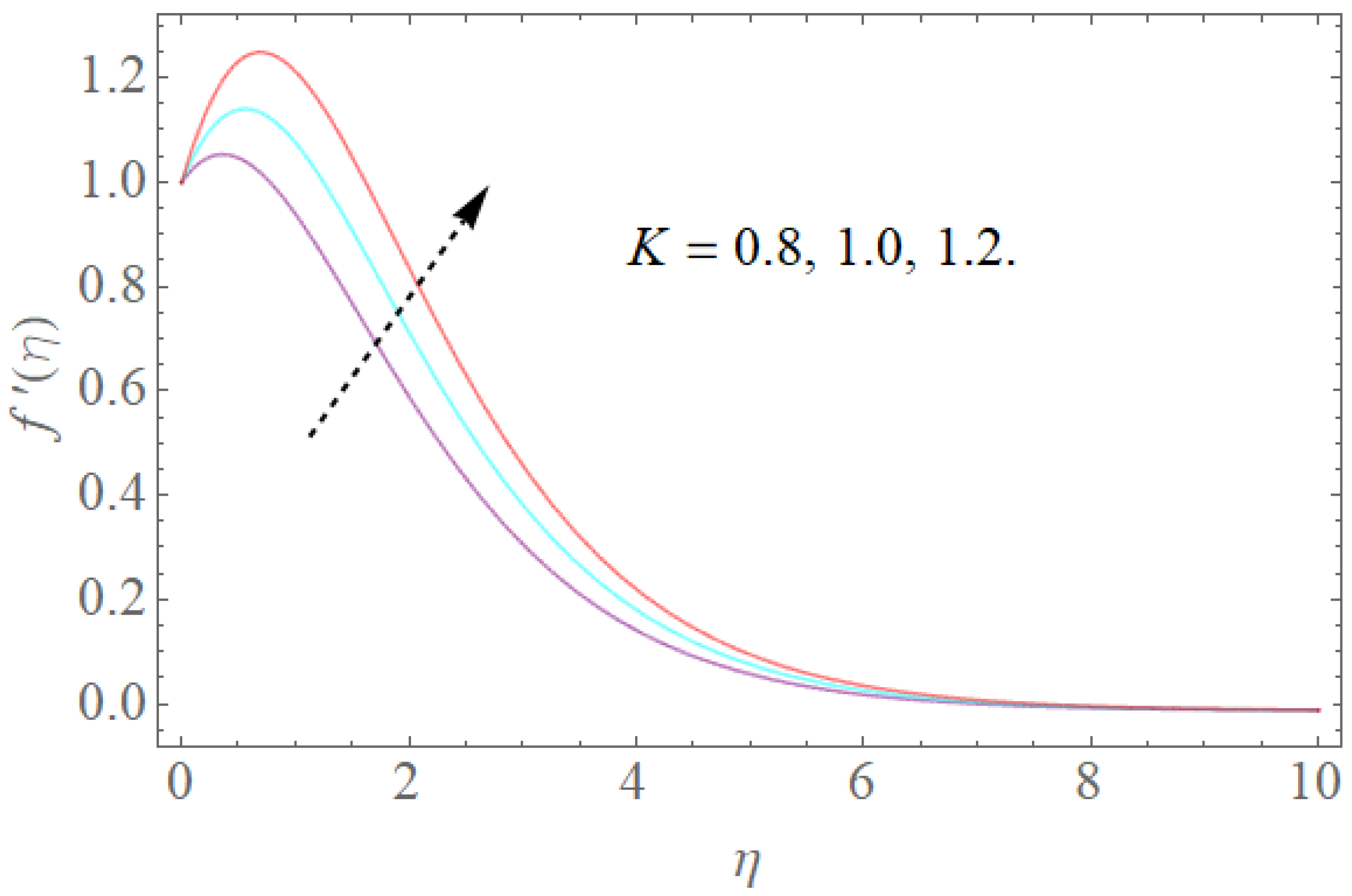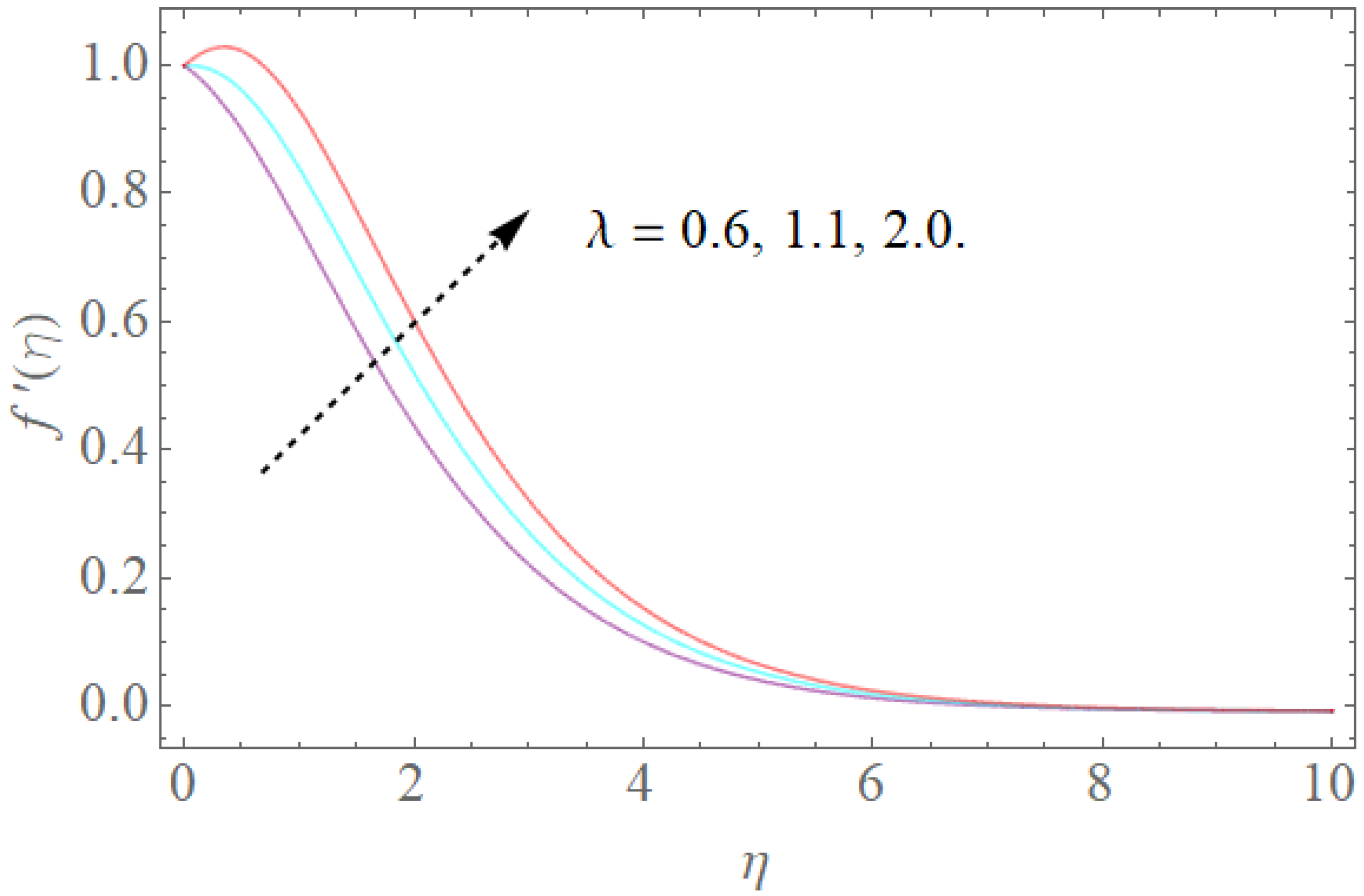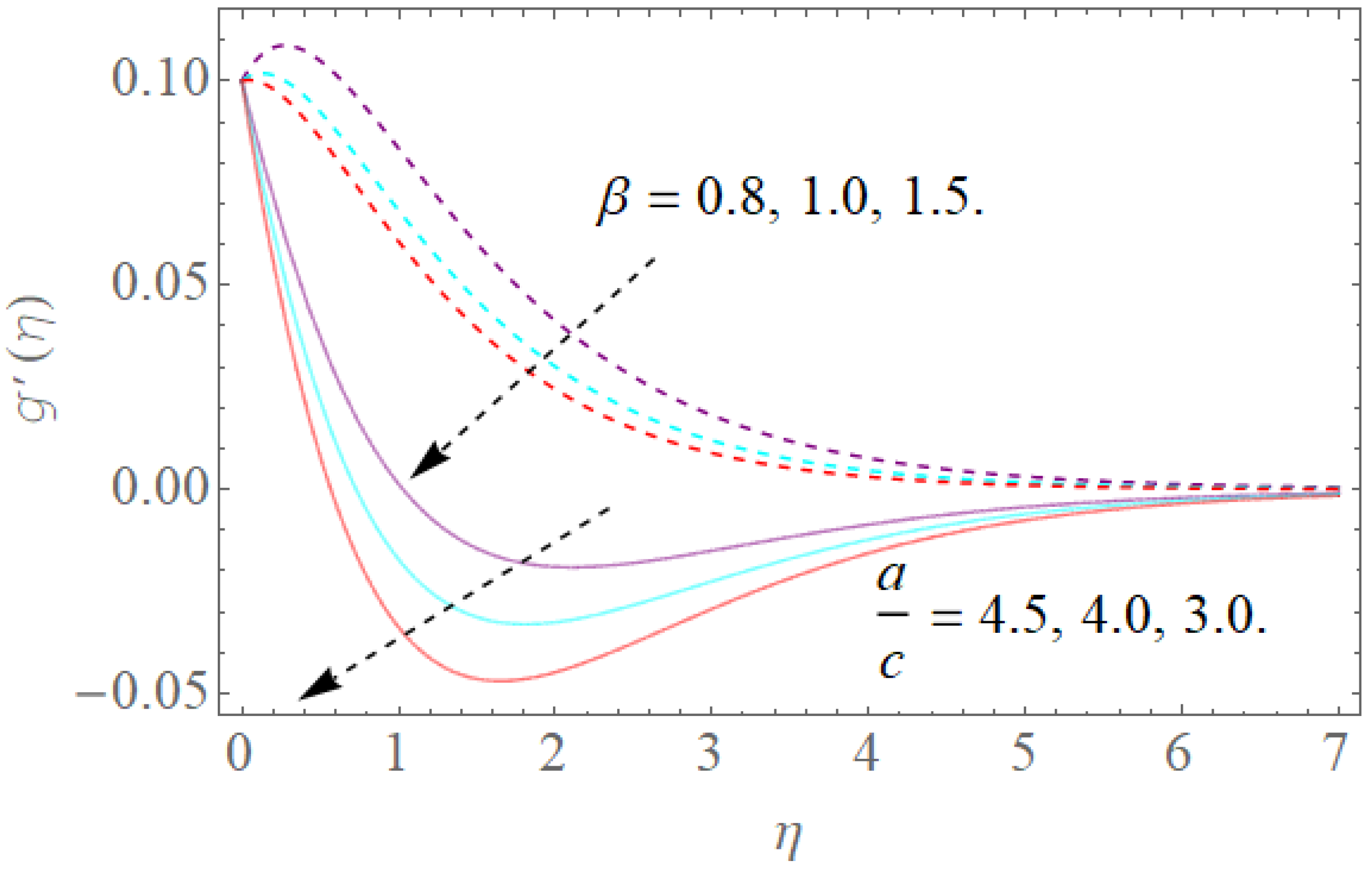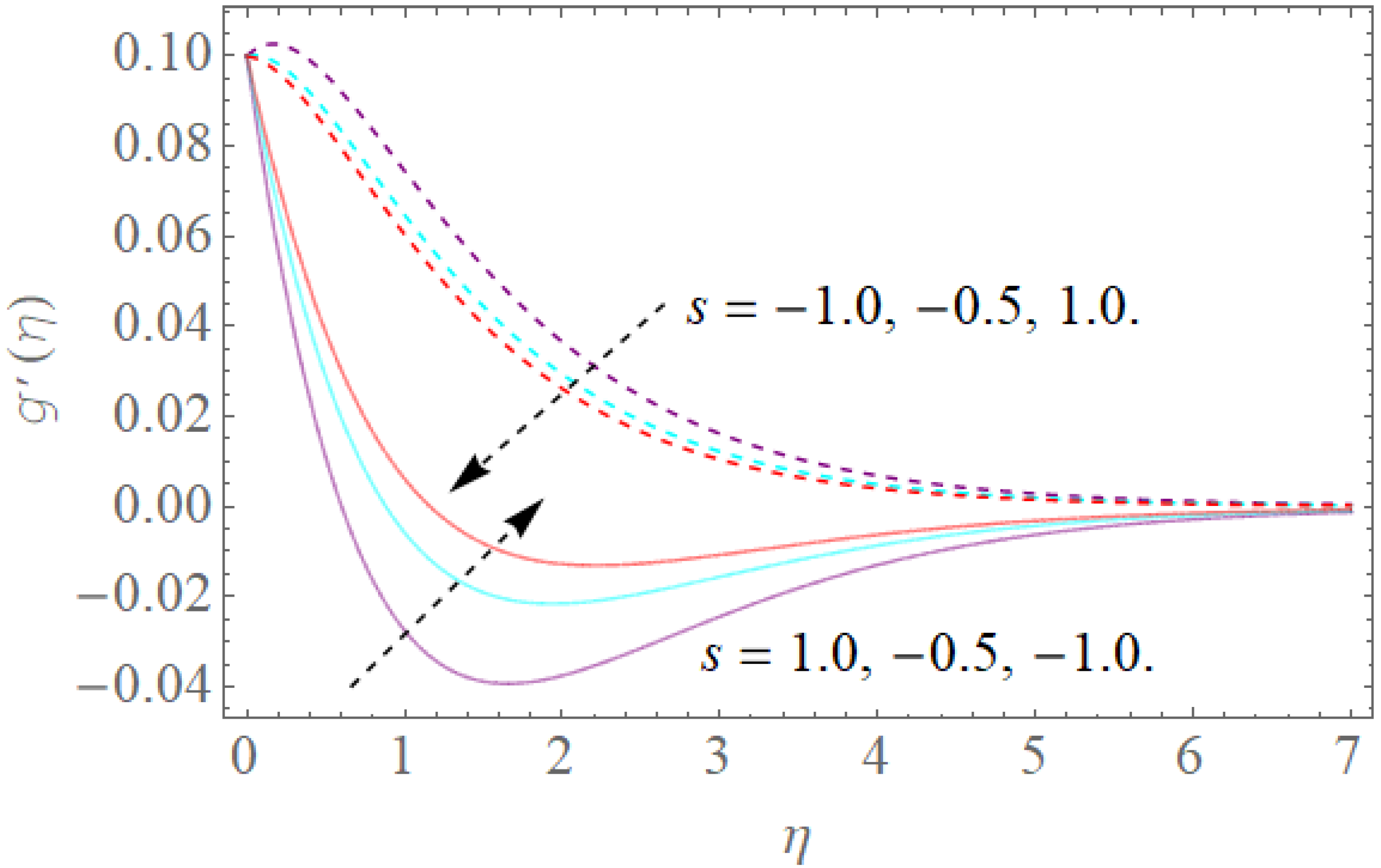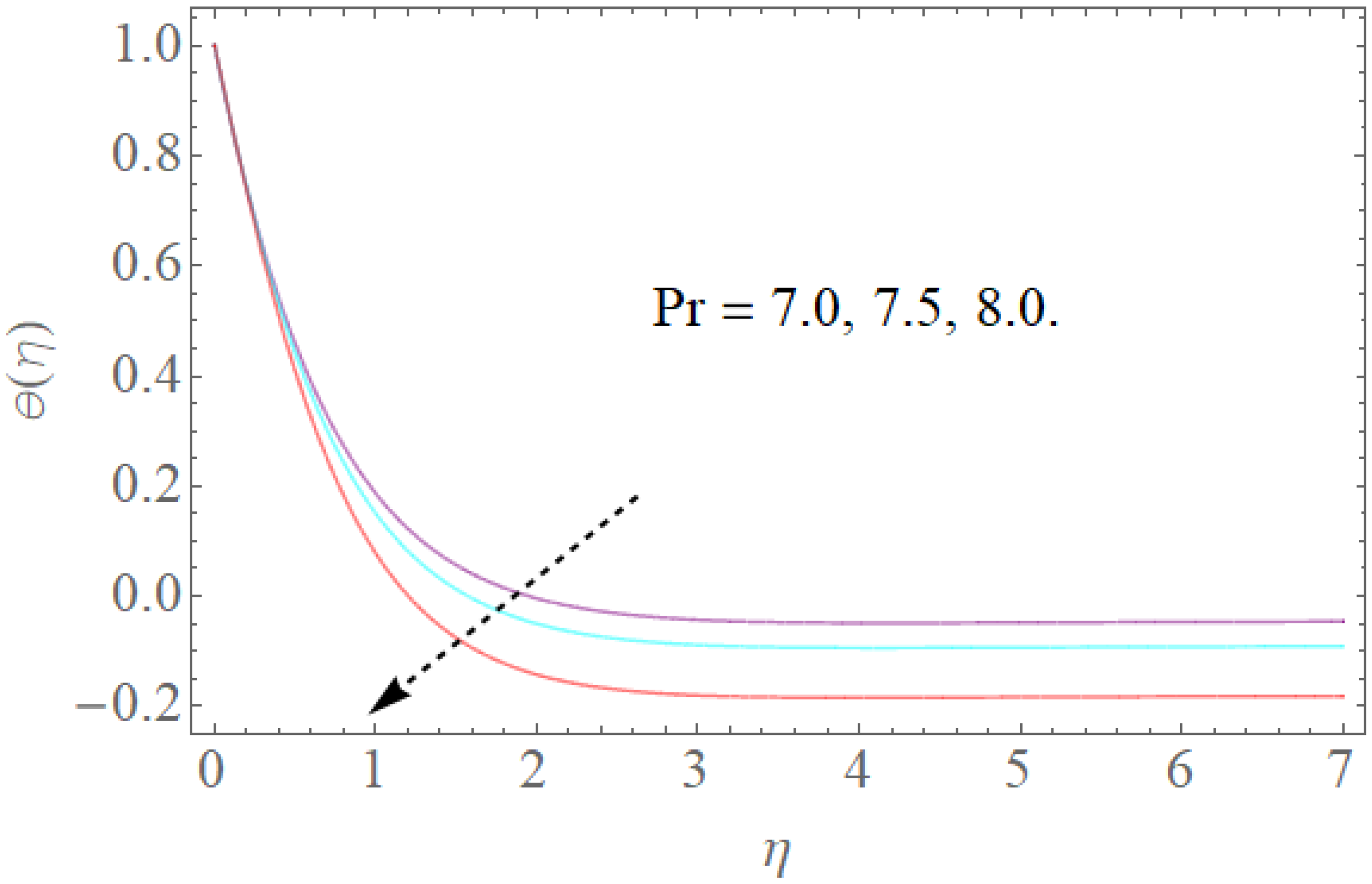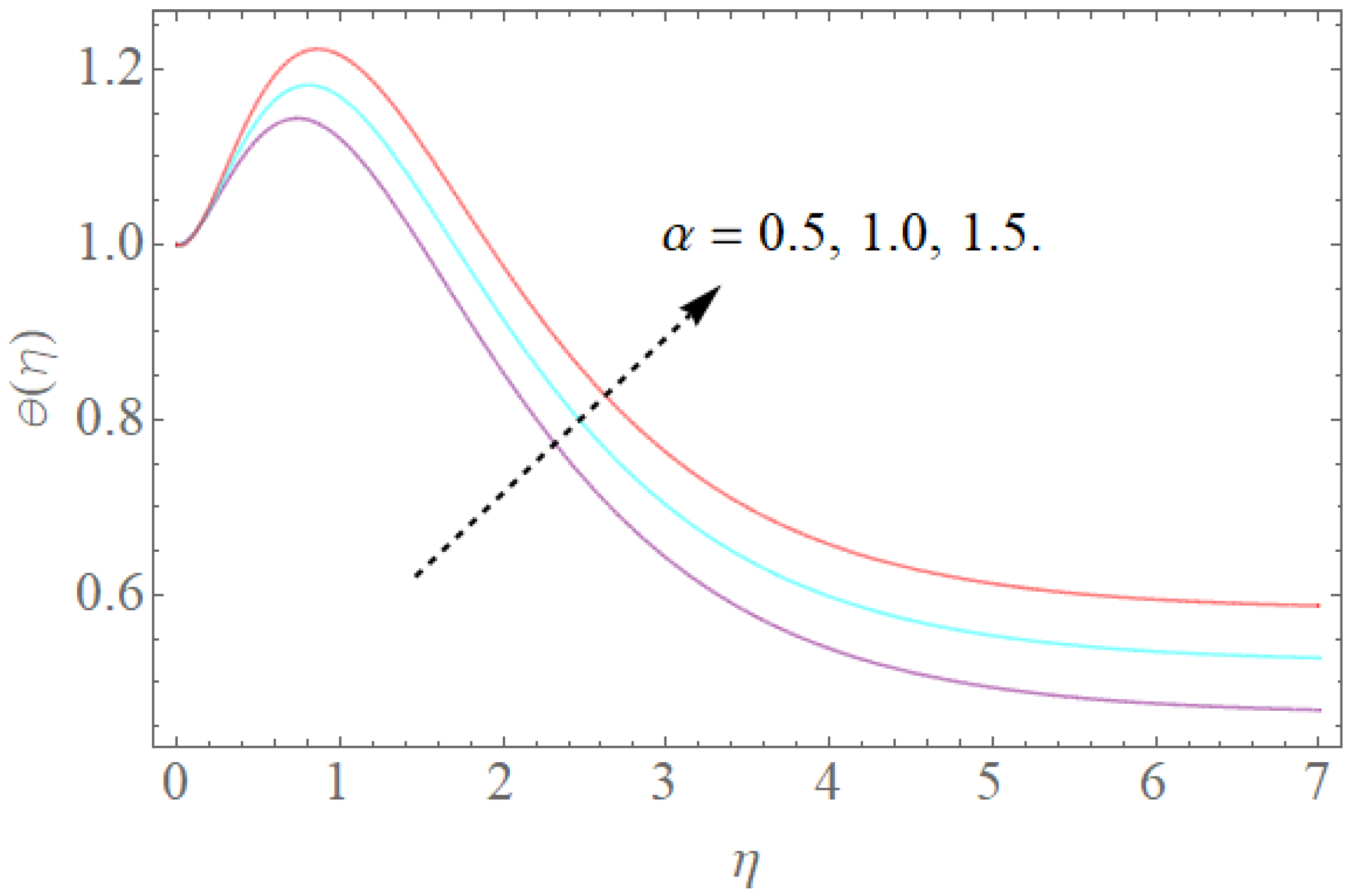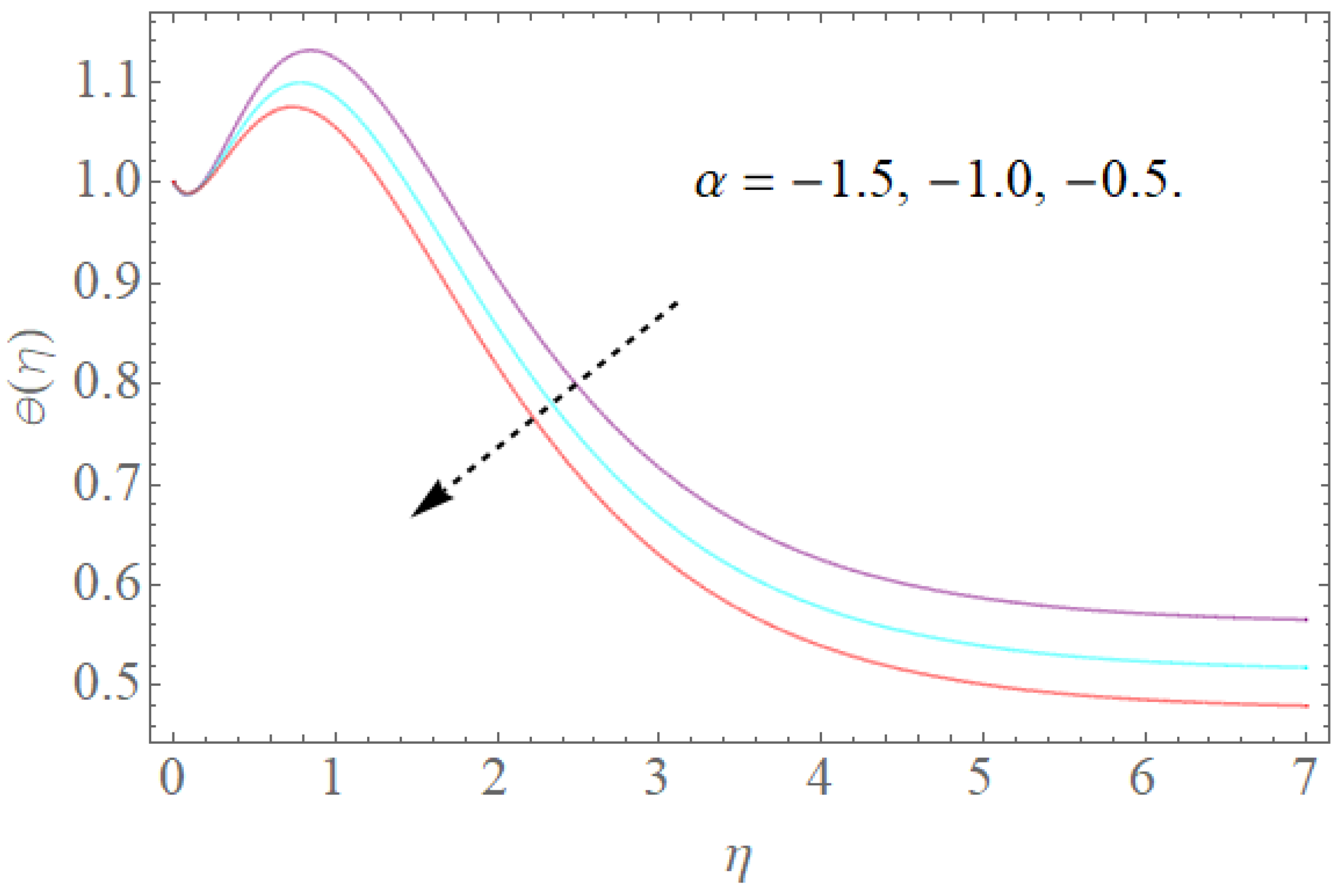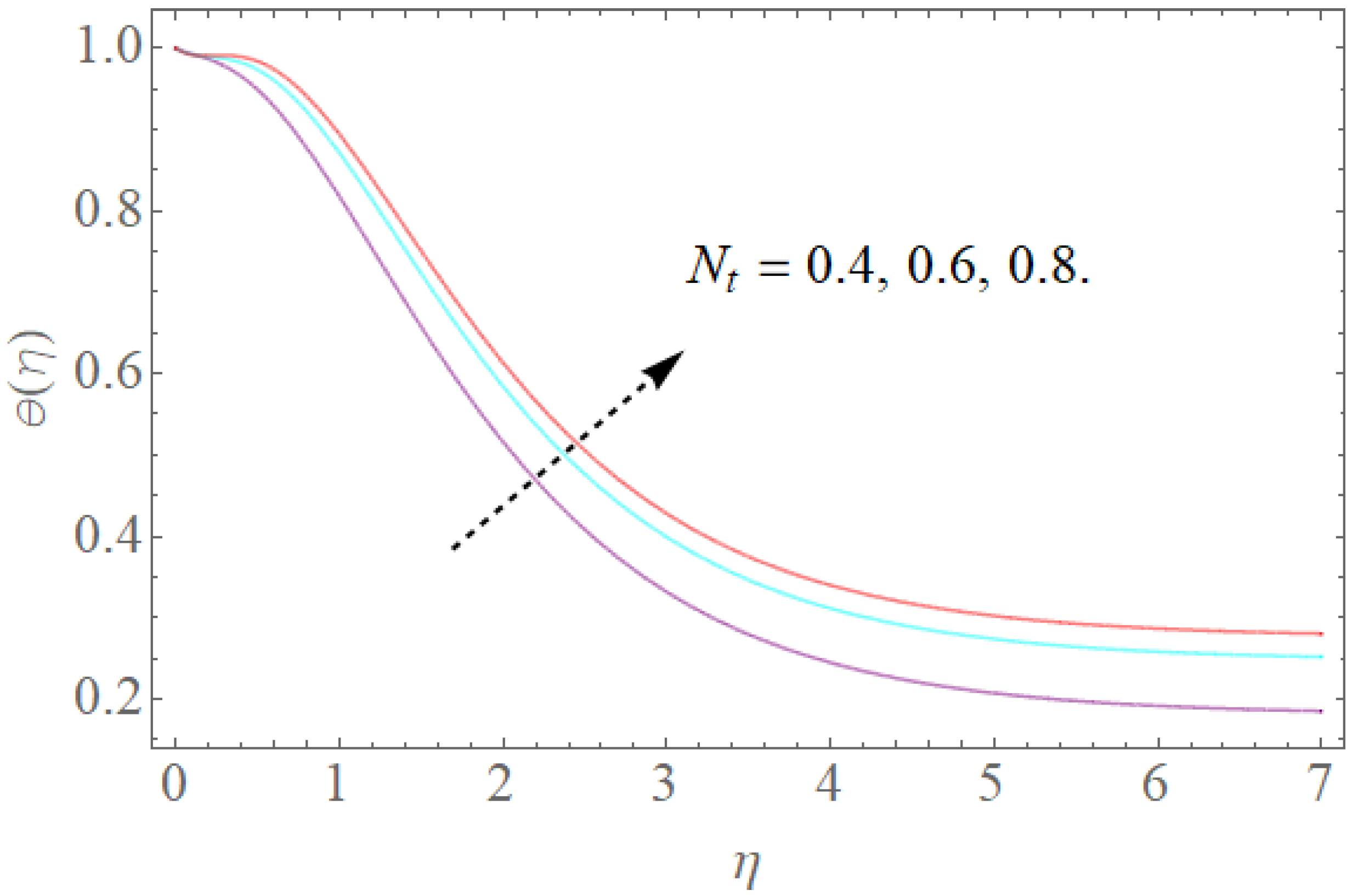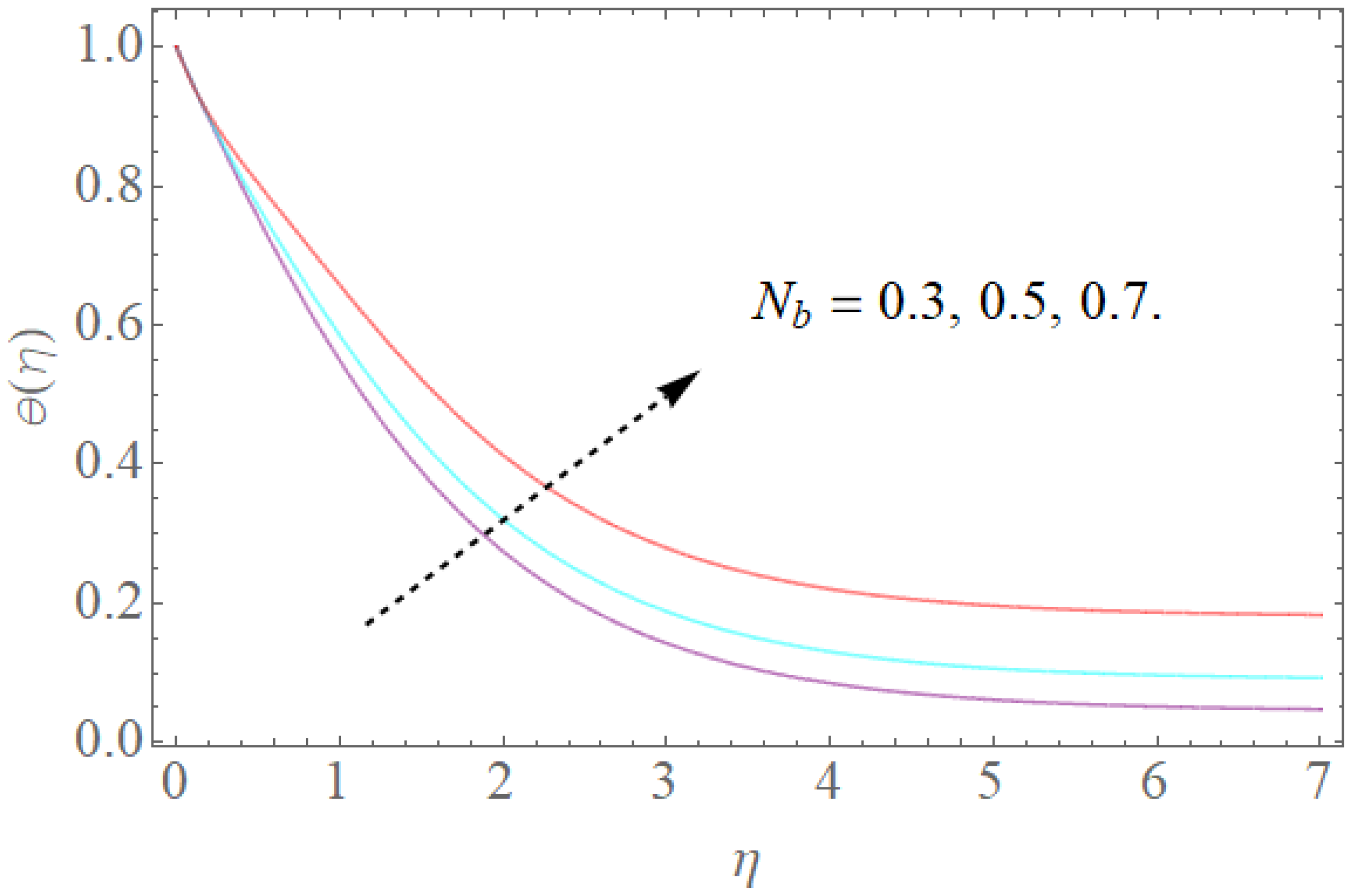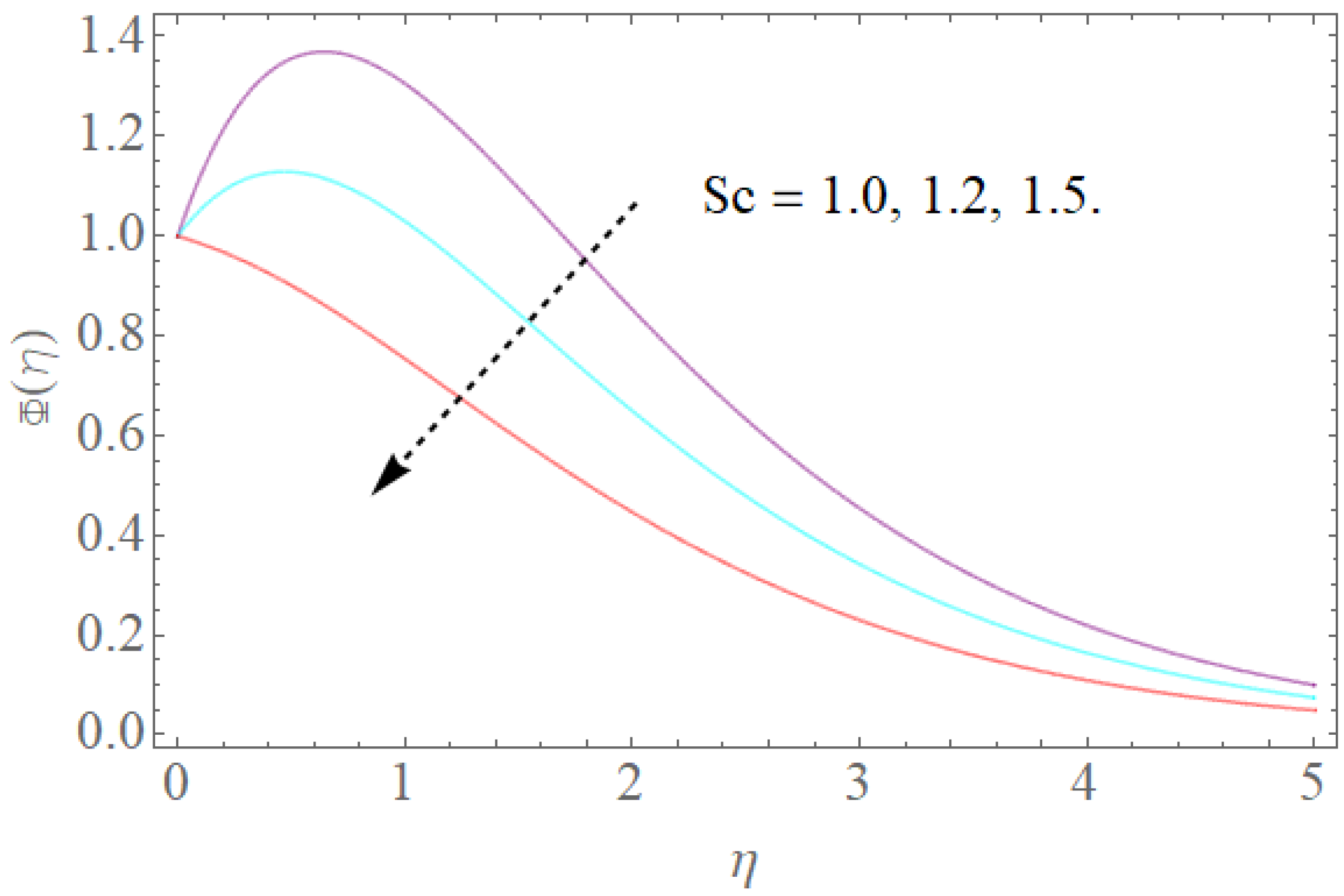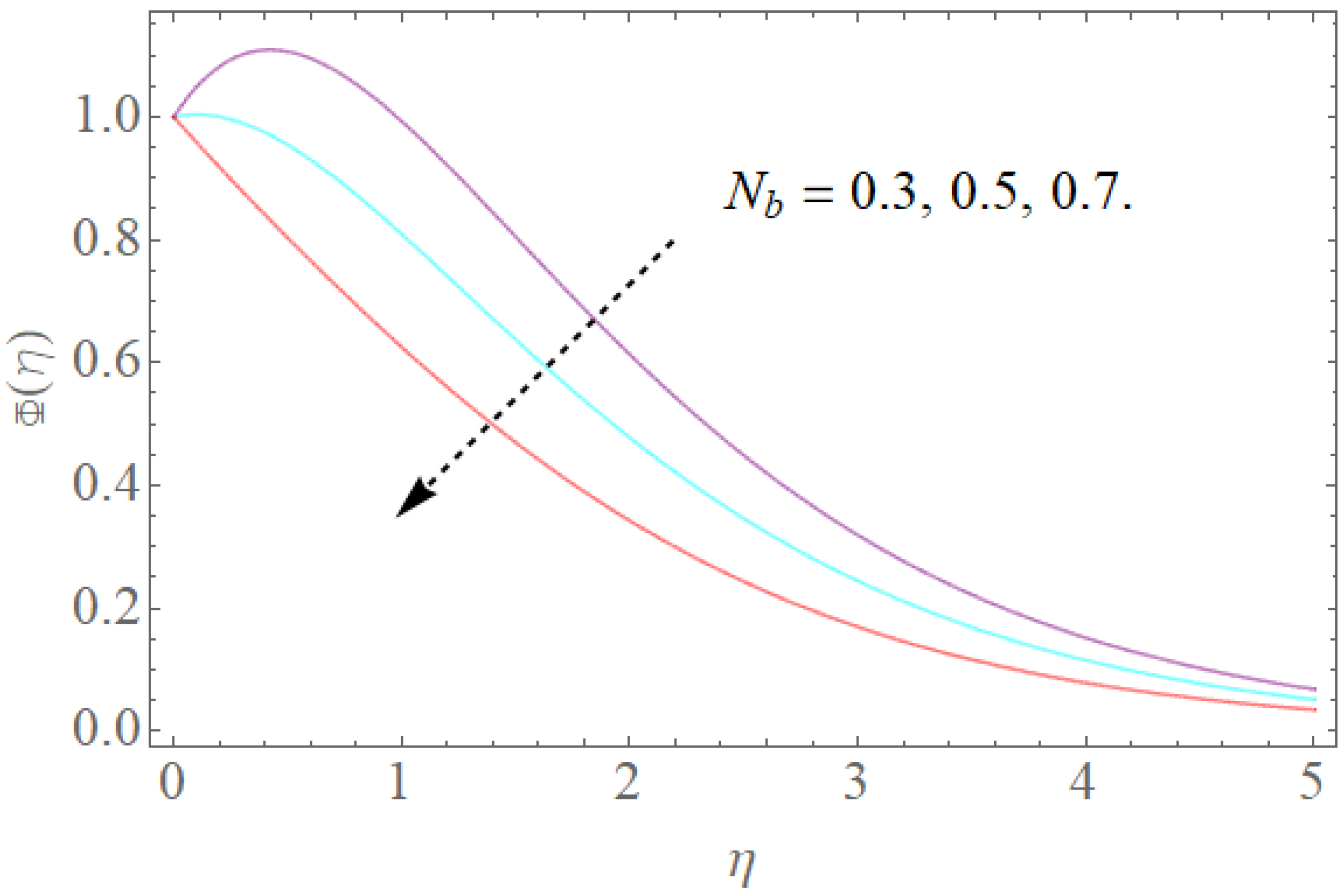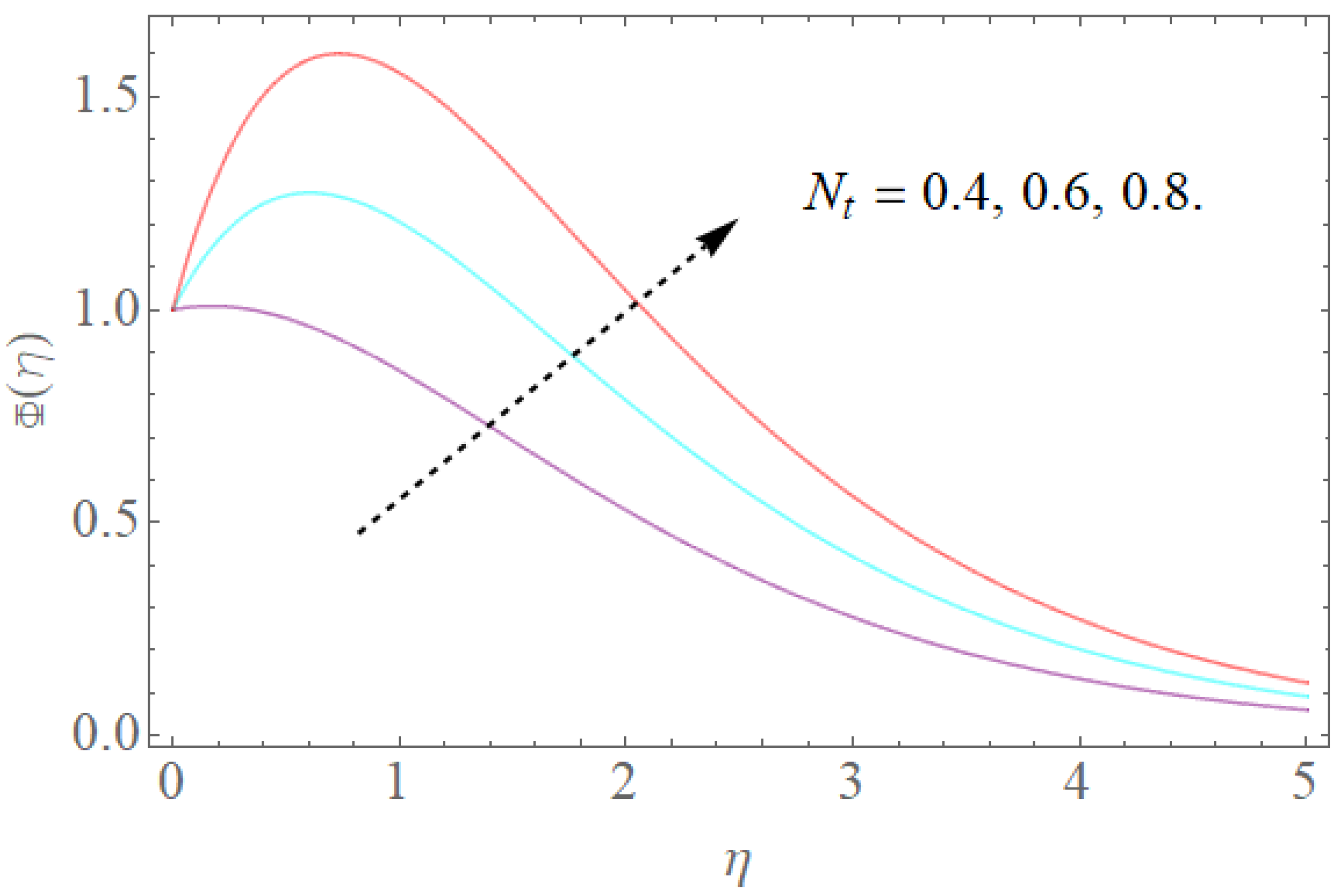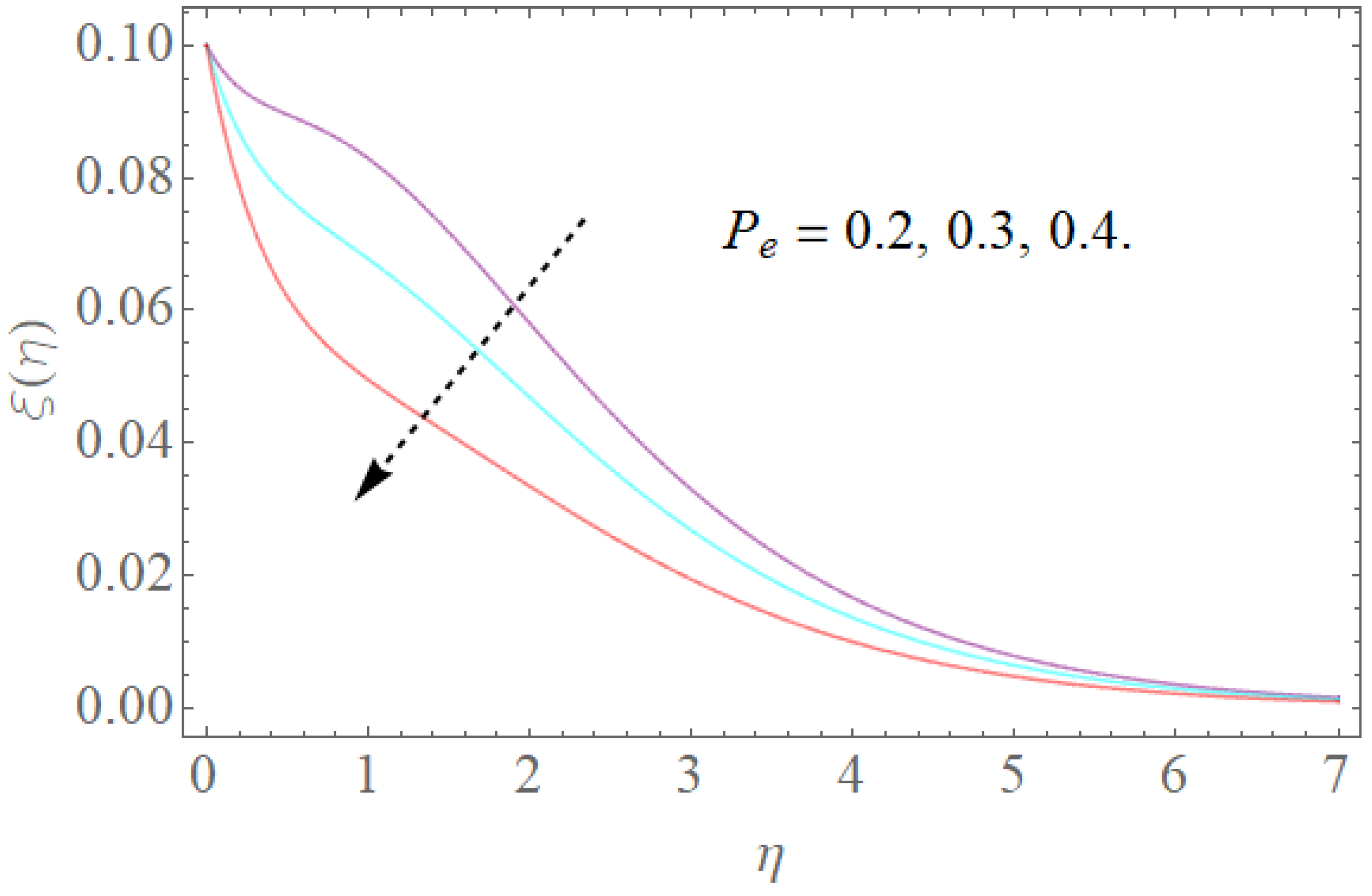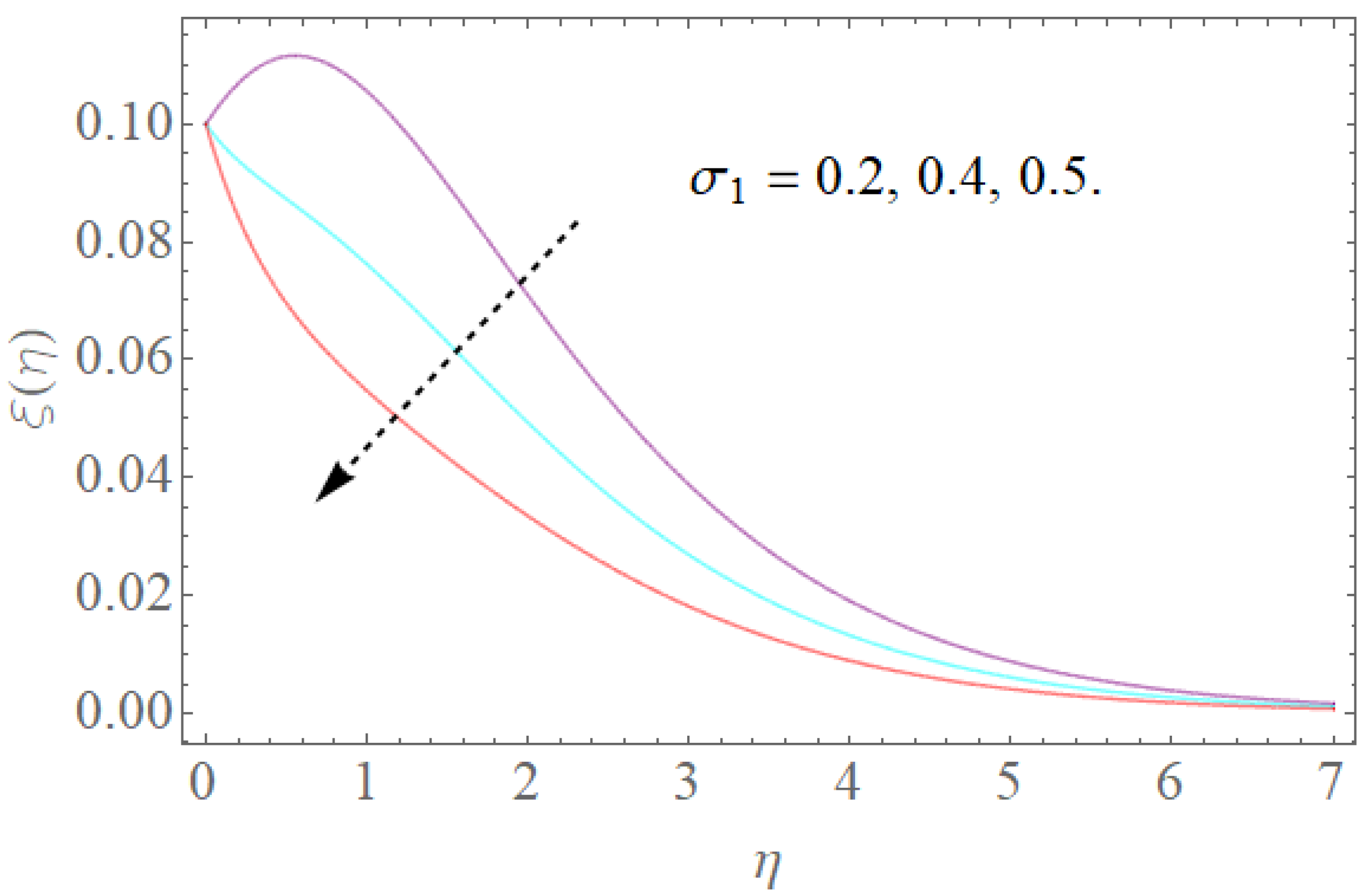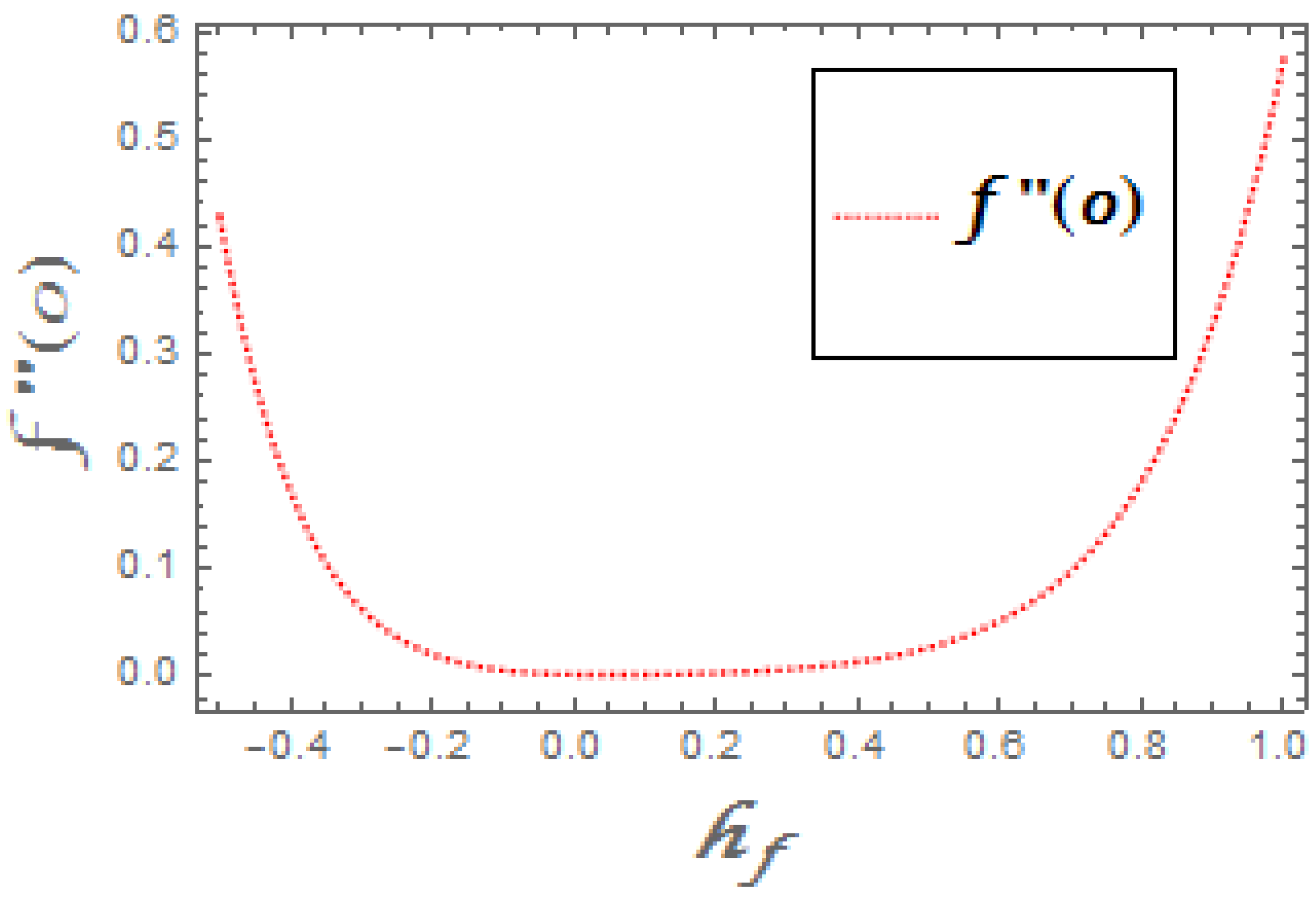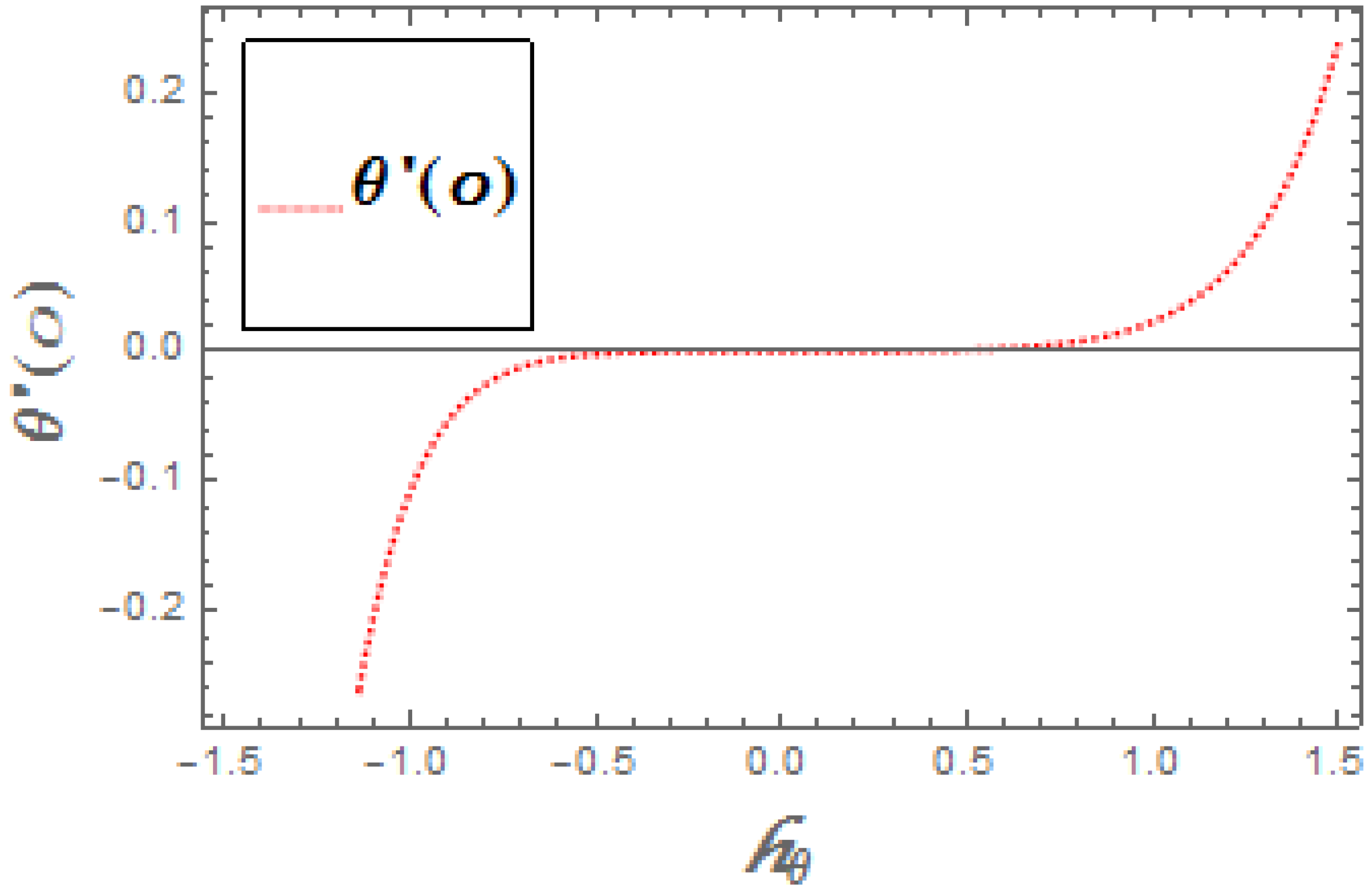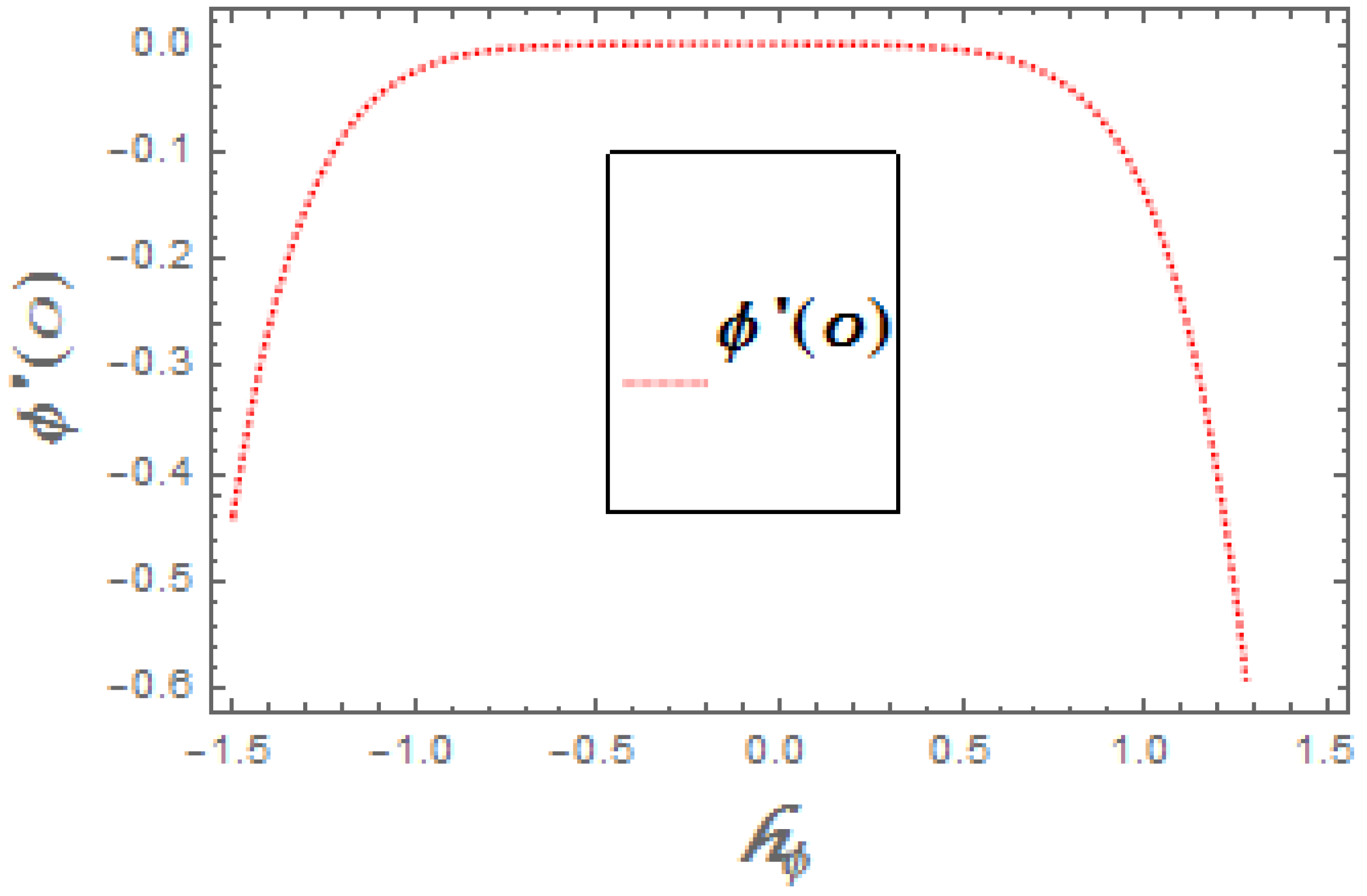Bloodstream investigation in a human circulatory framework has developed amazing revenue in biotechnology and the world of medicine since most human diseases were caused by unsatisfactory supplies of blood to the lungs, veins, corridors, tissues, and systole stages. Numerous circulatory framework problems, including atherosclerosis embolism, aspiratory embolism and a blockage of blood supply in veins, nerves, and corridors, instigate a heart attack, stroke and ischemic thoracic inconvenience. By increased the blood temperature of 39 °C through 42 °C (hyperthermia) from average body temperature, the heart output doubles and the circulation increases. Nanomaterials have recently received a lot of attention in the field of biomedicine because of their useful applications, such as anticancer drug delivery, biosensing, antibacteria, and cell imaging, etc. Magnetic nanoparticles are extremely useful in magnetic drug targeting and magnetic resonance imaging agents, among other applications. Numerous studies have been conducted to determine the significance of nanoparticles in biological sciences. Chauhan and Tiwari [
1] worked on non-Newtonian Herschel–Bulkley liquid and analyzed the heat transfer on blood movement in previous veins. They saw higher accuracy paper estimates generally decrease the blood velocity in veins. It is used for many positive therapies, such as cancers, cardiac drugs, and malignant development (Deussen [
2] and Deniz [
3]). With the aid of peristaltic and nanofluid, Bég and Tripathi [
4] proposed the reconstruction of Mathematica’s bioengineering concept. Kothandapani and Prakash [
5] found a heating source on an asymmetrical pointing channel on a non-Newtonian excessive digression nanofluid model. Akbar [
6] examined delayed blood propagation of metal-based nanomaterial through the shaped stenotic route and explained nanomedicine applications. In Bhatti’s study [
7], the properties and implementations of the vector viscosity blood clot model were investigated. The two-step model of peristalsis was considered in Dinarvand [
8]. The constant laminar-blended mixture viscous and hybrid (CUO-Cu/blood) hybrid fluid flows near the plane stagnations on a level, permeable, linearly stretched board with an adjustable magnetic flux through a new nanoparticle and based liquid measurement [
9]. Majee et al. conducted a methodical report on shaky blood progression with magnetic nanoparticles and is supposed to carry out the design of streams and nanoparticles in an infected blood vessel section that has atherosclerosis. Varshney [
10] mathematically researched the pulsatile movement of blood going through a tightening vein, while the speed increase in the body is rambling. Jinga’s [
11] research was conducted by combining a hybrid discrete component and a unit monitoring approach to calculate and stress the transmission behaviors of fractured crystalline rocks. The inspiration is the significance of insightful pressure impacts on the behavior, which are critical for the estimation of the environmental protection of many rock building projects, of the impurity transportation of broken crystalline rocks. Noorishad [
12] presents a new means for the accurate testing of liquid stream lead in cracked permeable media, which is presented here. To do this, mechanical and liquid stream limits of both permeable and breakage media are used as part of an increase in Blot’s three-dimensional union hypothesis. Ellahi [
13] introduced the peristaltic fluid stream between two coaxial cylinders of different forms and designs. The nanofluid consists of gold particles, while the pair of pressure fluids are filled as solvents. Choi and Eastman [
14] created the term nanofluid, and this fluid is generated through a dilute inspection of solid particulate matter of 1–100 nm in constant fluids (oil, water, etc.). By the inclusion of ZnO, Cu, SiO
2, TiO
2, and Al
2O
3 nanopowders, the efficiency of the heat transfer of regular fluids has been greatly increased. In recent years, several investigators have discovered hypothetically and experimentally the characteristics of heat transfer from different nanoparticles in many manufacturing processes, development processes, and the application of renewable energy [
15,
16,
17,
18,
19,
20,
21]. Researchers have developed various models for studying the Tiwari and Das model of nanofluids. Late in life, various researchers hypothetically and provisionally identified warmth motion attributes for several mechanical cycles, manufacturing, and environmentally friendly energy applications of different nanoparticles [
15,
16,
17,
18,
19,
20,
21]. Specialists in nanofluids in which the Tiwari and Das model was presented with different models.
The macroscopic movement of fluid induces additional flexibility in swimming microorganisms, known as bioconvection, as a consequence of the 3-D variant in density over one region. The self-driving mobile microorganisms aim to boost the base fluid, creating a bioconvective stream in a specific direction. The travelling microorganisms are classified into different categories of chemical or oxytactical, gyrotactic, and negative gravitational characteristics. Nanoparticles are not self-regulated in comparison to mobile microorganisms, and the influence of the Brownian motion and the effect of thermophoresis is responsible for their motion. Nanofluid bioconvection is supposed to be feasible if the convergence of nanoparticles is low, and then, the choice for improved fluid thickness in the base is not sufficient. Basha [
22] provided a mathematical response to the blood nanofluid fluid quality of a vehicle streaming across the plate, wedge, and stagnating stage. The effects of non-linear radiation, sticky dispersion, convinced magnetic field, and material reaction and the pertinence of the microorganism’s properties are evaluated. Bhatti [
23] also studied the behavior of a changeable magnetic field and blood clot model using Jeffrey fluid nanoparticles and medication models. Ahmed [
24] has regarded the magnetized, non-Darcy, permeable, laminar circulation of nanofluid and gyrotactic microorganisms. Kuznetsov [
25] submitted nanoparticular suspension using the principle of Buongiorno for gyrotactic microorganisms. Raju [
26] issued a mathematical study to determine Casson nanofluid stream liquid vehicles using gyrotactic microorganisms, which showed that adding the wedge point limits reduced the microorganism’s thickness. Raju and Rashad [
27] addressed gyrotactic microorganisms’ impact on a chemical nanofluid flow over a vertical cylinder and noted that the amount of Rayleigh bioconvection increases the density of microorganisms. Liao (1992) [
28] has observed that this technique is fast convergent to the approximate solution, and it is the best fit for the solution of non-linear problems. We considered an electrically guided coupled pressure crossover (CuO-Cu/blood) nanofluid stream comprised of gyrotactic microorganisms pushed near the plane stagnation-point over a level, permeable, extending layer alongside an outer attractive field and prompted attractive field impacts in the current study. This investigation will also provide a good image of the temperature and mass exchange activity of blood in a circulatory system, as well as various hyperthermia treatments, such as cancer care. The Buongiorno model was used to demonstrate thermophoresis and Brownian dispersion. The sheet is permeable, and the surface of the stretching sheet has an injection effect. Our model is mathematically formulated by deriving the governing equations and applying sufficient similarity transformations. Using the Homotopy Analysis process, we can solve our modeled problem.
1.1. Problem Mathematical Modeling
We are assuming the continuously laminar-varied convection compact viscous and the electrically guided coupling pressure Darcy–Forchheimer CuO-Cu/Blood hybrid nanofluid fluids and heat close to the stagnation point on a smooth, directly extending the plate below an exterior magnetic flux, as defined in
Figure 1. The thermophoresis and Brownian diffusion effects were analyzed using the Buongiorno model. The sheet is permeable, and the stretching sheet’s surface has an injection effect. Moreover, the suction/injection velocity of the sheet is
, while the linear stretching velocity is
. Furthermore, the sheet’s temperature depends on the stagnation point, i.e.,
. The control of the boundary layer and external magnetic flux towards
x- direction can be represented by
and
. We stress that this evaluation is a characteristic length
of the uniform magnetic field
in the upstream infinity.
Table 1 display the thermophysical properties of
cp,
ρ,
k and
β. The following principles can be expressed in the following terms: simple non-linear PDEs.
Following to the boundary conditions:
where the position temperature
, the atmospheric temperature
, magnetic permeability
,
and
, alongside
and
axes
and
are the velocity units with persuaded components of the magnetic field on each. The dimension
is the magnetic absorption potential of the permeable intermediate. Diffusivity
is gravity acceleration, temperature is
,
is the thermal growth volumetric constant, and
is the heat generation volumetric rate/absorption.
,
,
and
are the density, viscosity, heat power volumetric, and hybrid nanofluid thermal conductivity calculated, respectively. These can be seen from
Table 2.
As we note, the experimental type factor of the nanoparticles seen in
Figure 2 is the classic Hamilton–Crosser approximate for real thermal conductivity.
It is worthwhile to mention here that, we suggest
,
and
as the equivalent nanoparticle volume fraction, the equivalent density of nanoparticles and the equivalents pecific heat at constant pressure of nanoparticles, respectively. Moreover, respectively,
and
are the 1st and 2nd nanoparticles’ volume fraction of these compatible formulae:
Table 2.
Adapted frameworks and thermophysical properties for the hybrid nanofluid.
Table 2.
Adapted frameworks and thermophysical properties for the hybrid nanofluid.
|
Property
|
Hybrid Nanofluid
|
|---|
| Viscosity (μ) | |
| Volumetric heat capacity (ρ) | |
| Volumetric heat capacity (ρcp) | |
| Thermal conductivity (k) |
;
|
| | (11) |
| | (12) |
| | (13) |
More, in Equations (12)–(15), a group of similar variables are introduced, and
,
and
are the 1st and 2nd nanoparticles and the base fluid masses, respectively.
Putting Equation (17) into dimensional administering, Equations (1)–(4), (6), and (11) tips to accomplish these dimensionless non-linear overseeing ODEs.
Comparably, replacing Equation (17) with Equation (7) provides one with the following dimensionless boundary conditions:
Obviously, primes signify the separation regarding
. In the current issue, administering parameters, for example, Prandtl number
, suction or injection parameter
, penetrability boundary
, magnetic boundary
, blended convection or lightness boundary
, corresponding magnetic Prandtl number
, inertial boundary
, thermophoretic boundary
, Brownian movement boundary
, coupled pressure boundary
, Schmidt number
, and heat source boundary
, are characterized as:
where the local Grashof number, bioconvection Rayleigh number, bioconvection Peclet number, bioconvection Lewis number, buoyancy ratio parameter, concentration difference parameter, and the local Reynolds number, respectively, are denoted by the following symbols
, and
. The suction and injection should be noted and correlate to the suction.

